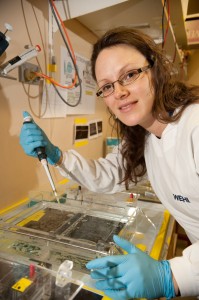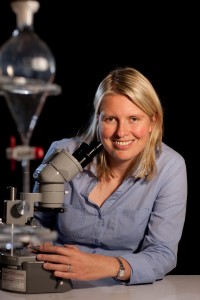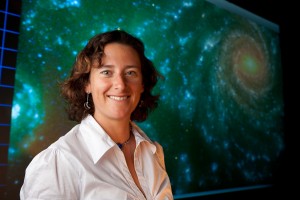Rowena Martin
The Australian National University, Canberra/The University of Melbourne

In the 1950s it seemed as if medical science was winning the fight against malaria with the help of the ‘wonder drug’ chloroquine. Over the past half century the drug has saved hundreds of millions of lives.
But now the parasite that causes malaria has fought back. Chloroquine-resistant malaria has become common in developing countries. Rowena Martin is working to understand what happened, and to develop new ways of treating malaria. Continue reading Fighting back against malaria









